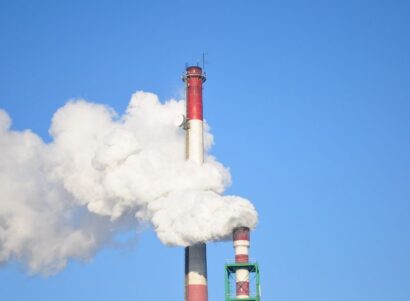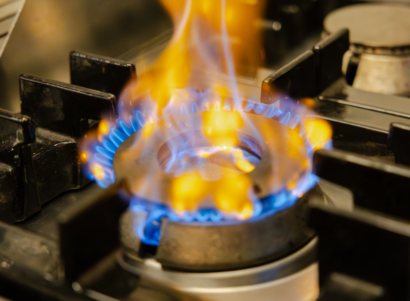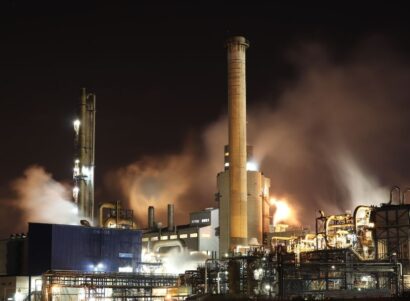Background
Previous research has demonstrated that burning natural gas in kitchen stoves produces Nitrogen Oxide (NOx), a pulmonary irritant linked to asthma. Earlier studies have also documented the rate at which gas stoves emit other pollutants, including methane and benzene.
This peer-reviewed study, published in Science Advances, is the first to quantify the link between stoves and asthma due to nitrogen dioxide (NO2) exposures in the home. Researchers from Stanford University, PSE, Central California Asthma Collaborative, and Harvard University set out to examine how NO2 can spread through a home, accumulate, and eventually dissipate. As part of this research scientists measured concentrations of NO2 in more than 100 homes across the U.S. which varied in size, layout, and ventilation methods, before, during, and after stove use. This study also examines time spent in different rooms and calculates costs from illnesses modeled in the study.
Key Findings
The annual societal cost of NO2 exposure from gas and propane stoves is estimated at $1 billion. Gas and propane stove use increases exposure to NO2 by 4 parts per billion, 75% of what the World Health Organization says is safe for long-term exposure. Short-term exposure to NO2 from gas and propane stoves exceed WHO guidelines.
- The researchers also found that lower-income families tend to live in smaller homes, where NO2 pollution from stoves can build up quickly. Higher-income was correlated with larger homes and therefore lower concentrations of NO2.
- Indigenous/Alaska Native households experience the highest long-term NO2 exposure from gas or propane cooking at 60% more than the national average. Hispanic/Latino and Black households are exposed to 20% more NO2 over the long-term than the national average. For all three groups, long-term NO2 exposure from stoves exceeds the WHO recommended limit.
- Researchers estimate that about 50,000 asthma cases in the US are attributable to long-term exposure to NO2 from cooking with gas in homes, amplifying the NO2 and asthma burden from burning fossil fuels from trucks and cars.
Conclusions
Although policies have reduced sources of air pollutants such as NO2 in the United States, indoor air quality remains largely unmeasured and unregulated. Results from this study highlight the importance of including indoor sources of air pollution in future policies designed to protect people from pollutants such as NO2, benzene, and carbon monoxide.

 Study
Study






